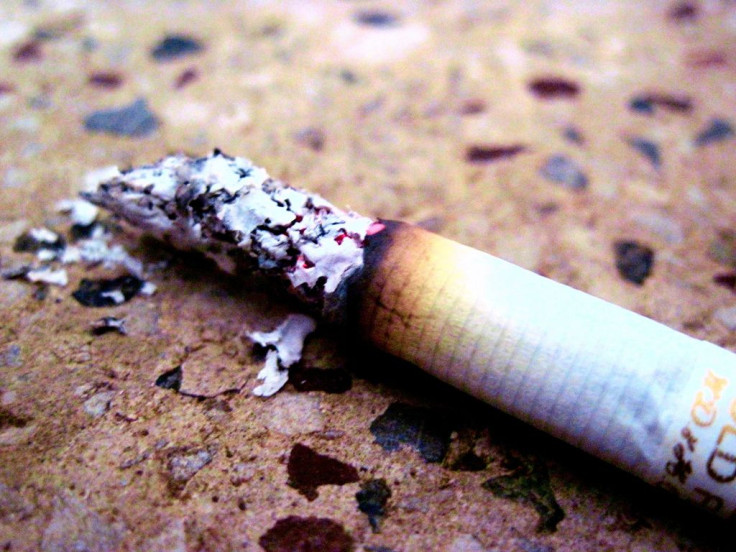Smoking Bans In Parks And Beaches Denormalize Tobacco Use, Earning Approval From 60% Of Americans

Smoking is not only dangerous to those actively smoking, but also to nonsmokers suffering secondhand smoke exposure. Campaigns to limit tobacco use began in the 1970s to ban smoking in public. Over the past 18 years, smoking has been banned in 843 parks and 150 beaches. Smoking bans in public settings begin the the crucial task of denormalizing smoking or tobacco use, which contributes to lowered smoking rates and improved public health.
A new study indicates that banning smoking in public settings will indeed lead to strides in denormalizing smoking for all, such that no one in the future will smoke — thanks to the efficacy of the bans as well as changes to lifestyle that will occur as a result.
Secondhand smoke exposure has been the focus of many bans on smoking. Secondhand smoke inhalation is often as detrimental as firsthand smoking.
But smoking bans were not always the weapon of choice. The American Heart Association, American Lung Association, and American Caner Society favored raising cigarette taxes, imposing more severe restrictions on indoor smoking, and supporting the Food and Drug Administration's efforts to control tobacco marketing. However, it was difficult to ignore the immediate effects of smoking in public. Smoking on beaches and in parks posed a health hazard to nonsmokers, especially children. Cigarette butts are toxic to humans and animals, and thus began a preventable form of litter. Public smoking by adults also provided a dangerous model that threatened the future well-being of children and adolescents who may begin smoking because of what they observe.
New York City Coalition for a Smoke-Free City drew on a publication of the World Health Organization: "Scientific evidence has firmly established that there is no safe level of exposure to second-hand tobacco smoke...There is also indisputable evidence that implementing 100% smoke-free environments is the only effective way to protect the population from the harmful effects of exposure to second hand smoke." The American Lung Association's New York chapter asserted that there was a "RIGHT of all New Yorkers to breathe healthy air in public spaces such as parks and beaches. People should not have to choose between enjoying places and breathing healthy air."
This belief is held in many other states. California leads the nation in imposing these smoking bans, as 155 parks and 46 beaches in the state no longer allow smoking, followed by Minnesota and New Jersey.
Public response to these bans has also favored the denormalization of smoking. In approval polls across the nation, the response started out mostly negative. In 2000, only 25 percent of survey respondents agreed that smoking should be banned in parks and other public areas. In 2002, a California-specific survey revealed that 52 percent of survey participants supported the smoking restrictions. A national survey in 2008 indicated that 40 percent of Americans agreed with smoking bans. And, another 2011 survey indicated that 60 percent of respondents supported smoking bans. This increase in those who support smoking bans appears to be a result of the denormalization of smoking.
Denormalizing smoking is a critical step in stopping new generations of Americans from smoking. "Instead of relying on weak or contestable evidence of third party harms, public health officials should assert boldly that the challenge of tobacco related morbidity and mortality necessitates measures that will help smokers to limit their smoking and ultimately quit. Beach and park bans represent measures that contribute to those goals," said Ronald Bayer, Ph.D., senior author of this study.
Source: Bayer R, Bachynski KE. Banning Smoking in Parks and Beaches: Science, Policy and the Politics of Denormalization. Health Affairs. 2013.



























